Fragrance FAQ’s
What is the difference between an essential oil and a fragrance?
Fragrances are re-creations of scents, they are not single note essential oils. This means that our perfumist has gathered together natural ingredients to re-create a smell, such as "Sea Shore" or "Tobacco Bay". These are not "natural" plant smells that you can find in nature; these are scent profiles that have been created through the blending of different ingredients. All fragrances sold by Shay and Company are clean; they do not contain any phthalates or parabens; they are designed specifically to be used in soap, candles and skincare. We have transparent fragrance standards, just like with all our ingredients.
Essential Oils are either single note plant extracts or are a blend of single note plant extracts. These are 100% natural and will vary with each batch as they are directly derived from plants.
Are synthetic ingredients bad for you?
There has been a lot of mis-information and slanted advertising over synthetic ingredients in fragrances. Yes, there are many, many, many ingredients that are very harmful and should not be used. Yes, from the 70’s to the early 2000’s “fragrances” were dirty products that rampantly contained many of these harmful ingredients. Since the early 2000’s the fragrance industry has been forced to grow up and start sourcing cleaner ingredients. These ingredients are still synthetic, meaning they were created in a lab, but they are not necessarily harmful. If your definition of harmful is anything that doesn’t come from a plant, then fragrances are not something you should use. In that case, check out our extensive list of essential oils. Our all natural, naturally derived, and less than 51% natural fragrance never contain any of the industry standard harmful chemicals. None of our fragrances contain phthalates or parabens. None contain any animal by-products. None contain any of the toxic ingredients.
If a fragrance isn’t 100% natural, what else is in there that isn’t natural?
Fragrances are created using a blend of various synthetic chemicals and naturally derived chemicals to create a smell. Solvents are always used (every single fragrance has a solvent in it, that is how it stays liquid and usable), and some of those solvents can be derived from natural ingredients and some cannot. That doesn’t make them “harmful”, it just makes them not plant derived. We have worked closely with our perfumer to create fragrances using either 100% naturally derived ingredients, or mostly naturally derived ingredients. Sometimes, in order to get a fragrance to work in a candle, soap and skincare, it just can’t have the naturally derived ingredients.
Do naturally derived fragrances always work in soap?
Not always, but usually. A lot also depends on how and when you add in the fragrance to your soap. If you’re struggling with a natural/naturally derived fragrance in your cold or hot process soap, trying creating a kaolin clay slurry and blending the fragrance in with that.
Why do fragrances turn products colors?
There are many reasons. The most common is the use of vanillan in fragrances. Vanillan is the culprit for most browning in products. The higher the percentage of vanillan, the darker the color. Some oils are naturally darker in color and this can affect your finished product. Others have naturally derived ingredients that turn colors, such as our Blueberry Thyme Fragrance.
Can I get an ingredient deck for my fragrance?
Generally, no. Fragrances are considered “proprietary” and they are just referred to as fragrance. You do get some of a list on the SDS in the composition section, but this doesn’t comprise the ingredient list. You also get any EU Allergens which also do have to be listed on your labels.
United States: Modernization of Cosmetics Regulation Act (MoCRA)
The Modernization of Cosmetics Regulation Act (MoCRA) Enacted in December 2022, marks a substantial update to U.S. cosmetic regulations. Key points include:
Allure
- Ingredient Disclosure: Cosmetic products must list ingredients in descending order of predominance. Fragrance components can be collectively listed as "fragrance," but this is changing. Legal Information Institute
- Allergen Disclosure: MoCRA mandates the disclosure of certain fragrance allergens previously concealed under "fragrance." Ingredients like limonene, linalool, and citral are now required to be individually listed when present above specific thresholds.
- Implementation Timeline: The FDA is developing detailed regulations, with full implementation expected by the end of 2025.
Can I use non-organic fragrances in my certified organic products?
Yes. You only use fragrance in a max of 2% in skincare and haircare applications so this will not affect your certified organic status of the finished product.
Can I blend fragrances and essential oils?
Yes! Go crazy with your blends and make something that you love! There are no rules to blending eo’s and fragrances so get creative.
Are our fragrances vegan?
Yes.
Are our fragrances cruelty free?
Yes.
Are out fragrances phthalate and paraben free?
Yes. All our products are.
What are endocrine disruptors and are they in our fragrances?
Endocrine disruptors are synthetic ingredients that can affect the function of your hormones. They are often used in cheaper, all synthetic fragrances. Our fragrances are designed to not have any endocrine disruptors in them.
Why are some fragrances more expensive than others?
Naturally derived ingredients are always going to be more expensive than their synthetic counterparts, so creating natural fragrances often means they are more expensive. Not always, but usually. Also incorporating higher levels of essential oils means a more expensive product as EO’s can be very expensive. Vetiver is a great example of an EO that is often used in fragrances. Vetiver can be very expensive so a fragrance that uses a lot will be on the higher end.
Also, our fragrances have less solvent and more concentrate so that also makes them more expensive.
What is the shelf life of a fragrance oil?
Fragrances and essential oils can last forever. I have essential oils that I’ve had for literally 15 years and they are still great. We put a shelf life on the C of A because we have to, but if you have an old fragrance, it should still be fine.
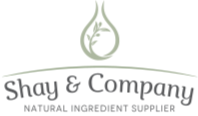
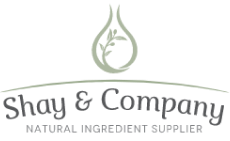
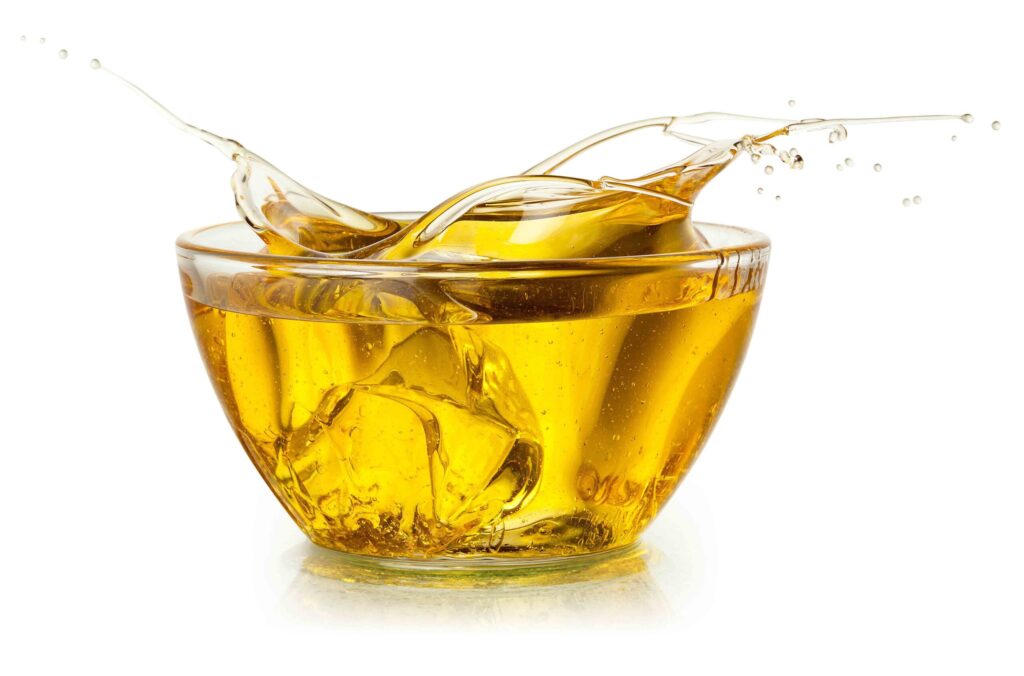
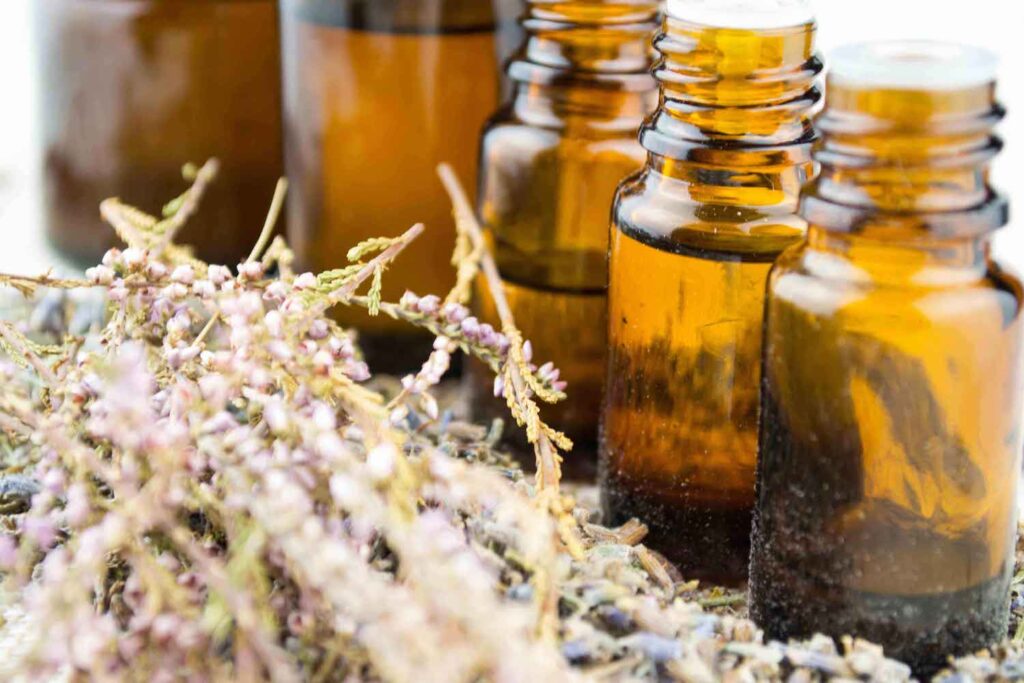


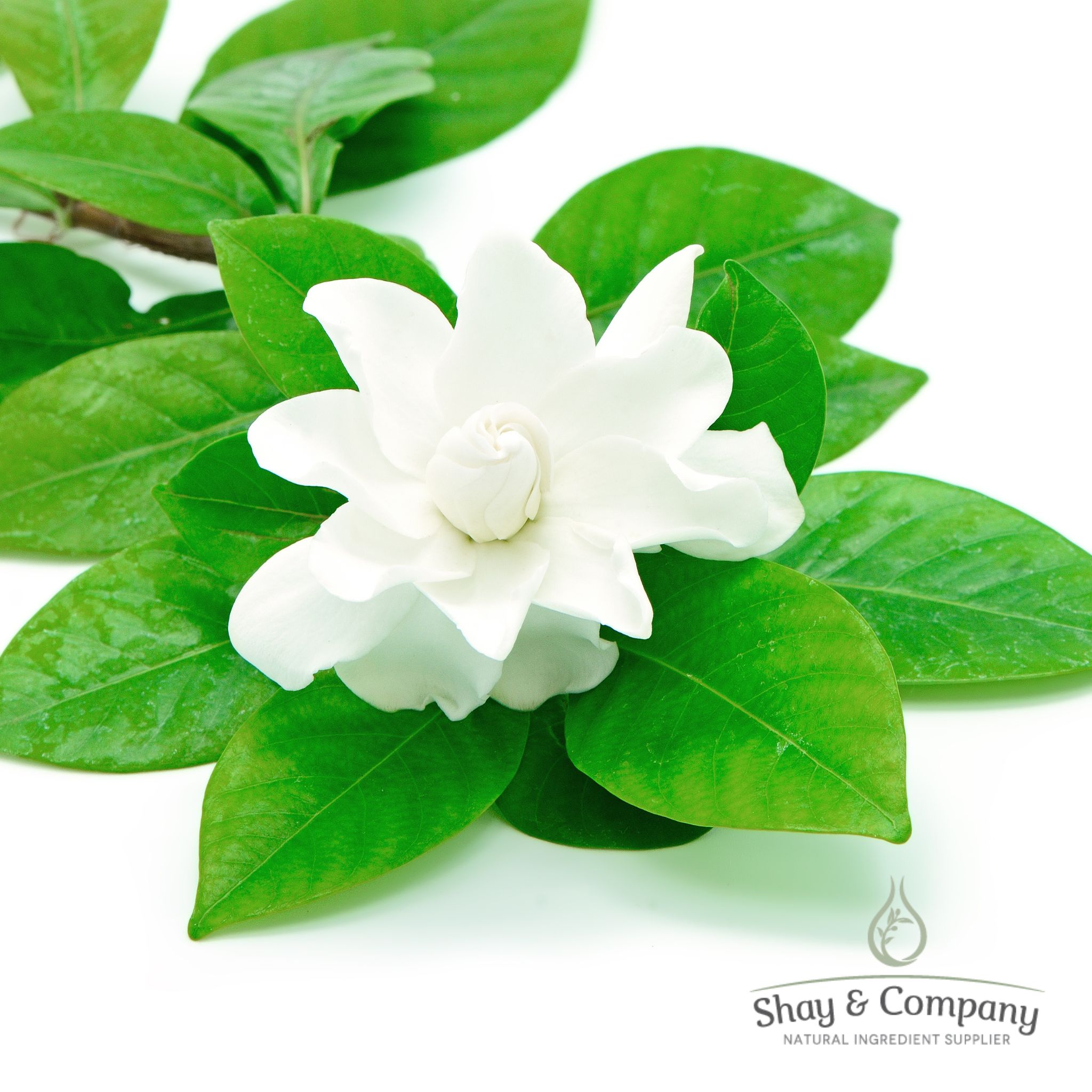

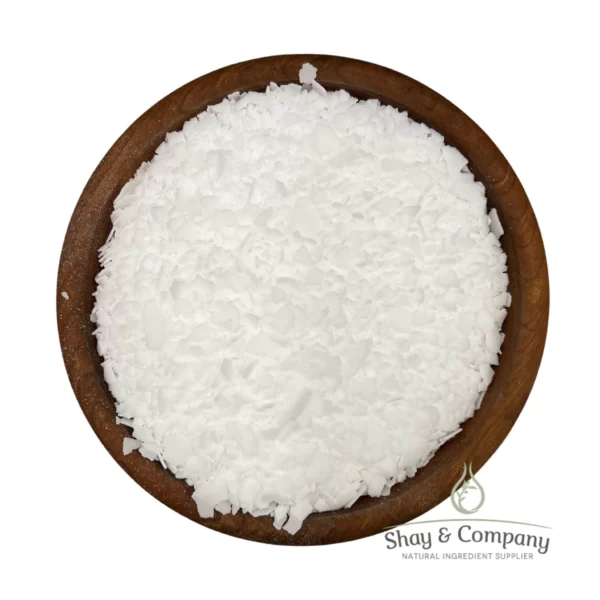
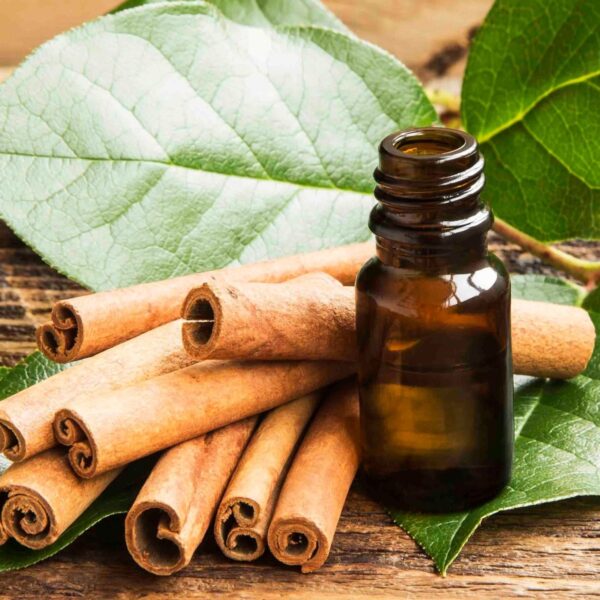
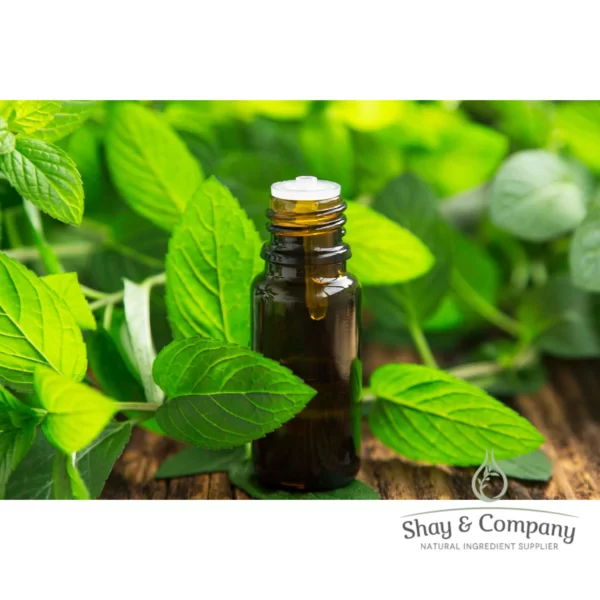
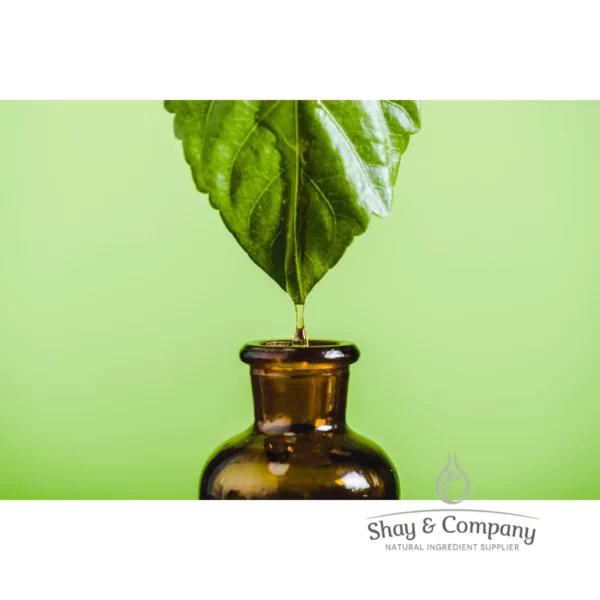
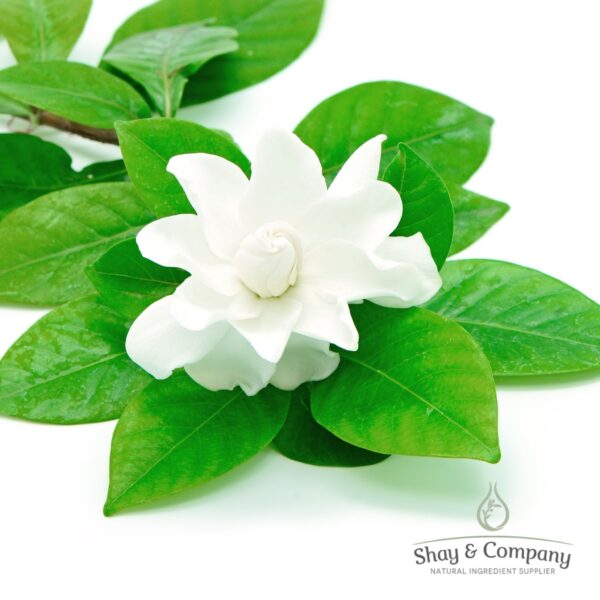
Reviews
There are no reviews yet.